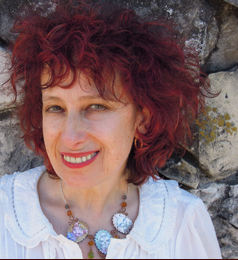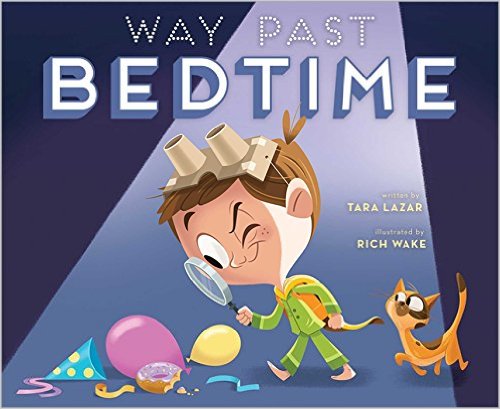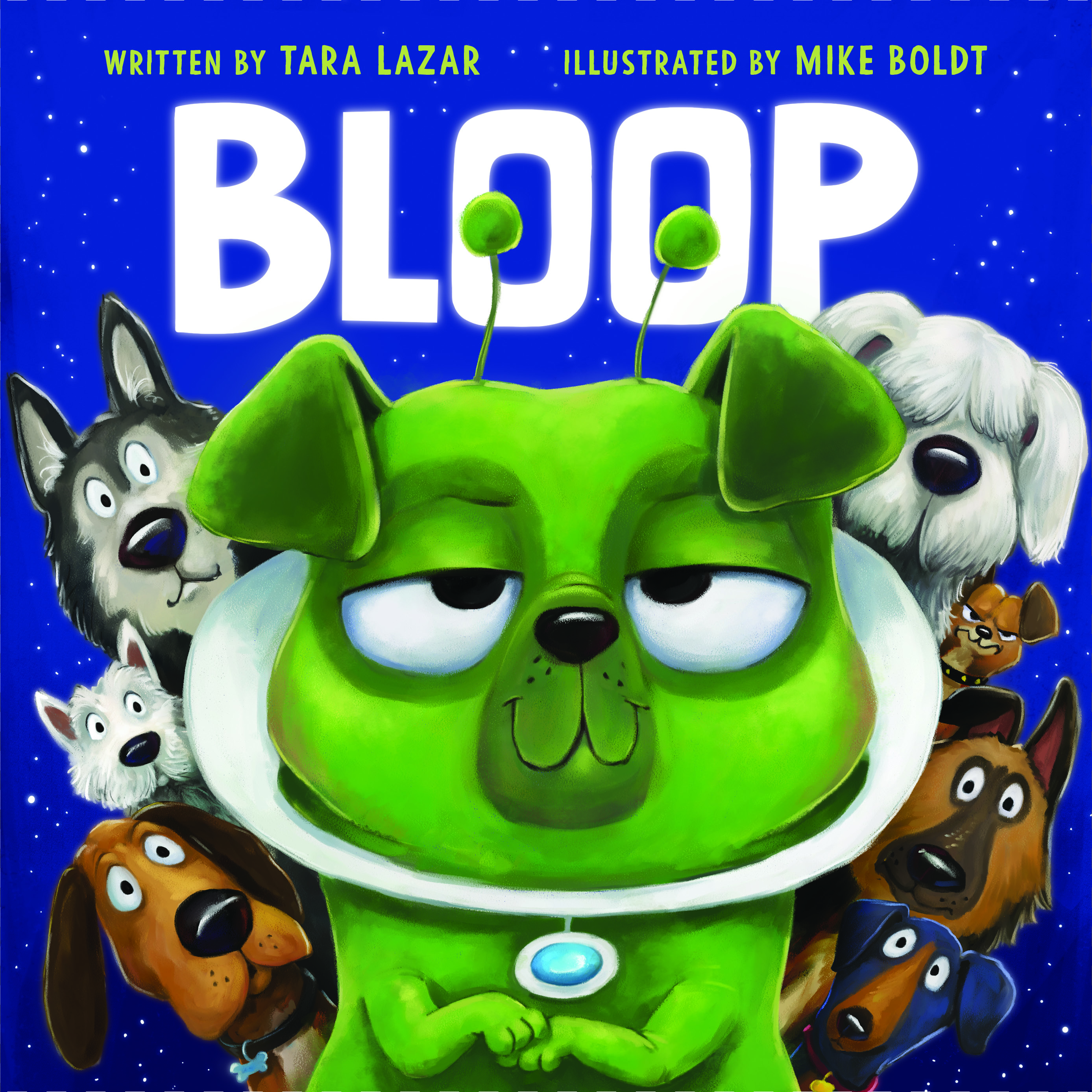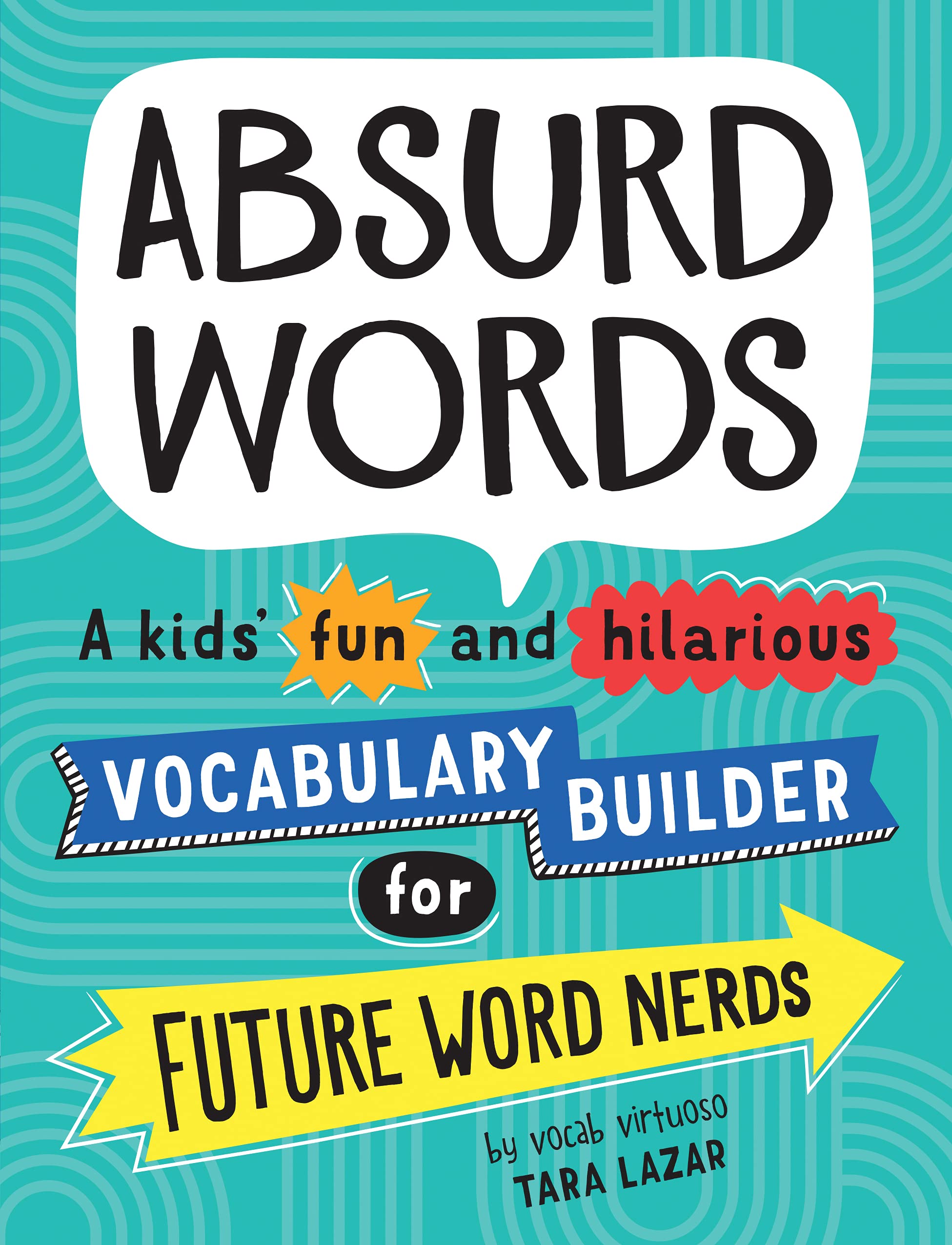by Hillary Homzie and Mira Reisberg
You have an idea for a book! Yahoo! It’s one of those ideas that hits you so deep in your gut that you immediately scribble it into a little notebook. Your stomach bubbles, not in an indigestion sort of way, but in a nervous-happy–giving-birth-to-a-germ-of-an-idea way. So how do you know if the idea is really picture book idea? What if it’s actually a chapter book or a middle grade novel, how do you know?
Well, you don’t. Not right away.
Of course, there are the obvious tip-offs that your idea is not a picture book. Take your idea through this list and see how it stacks up.
- Age of the protagonist.
These days picture books are generally geared for ages 2-7, although there are still picture books geared towards older elementary school, especially in nonfiction. Still, there’s no question that picture books are skewing younger with shorter word counts. If your primary character is in first through third grade (or ages 6-9), and is longer than 700 words, chances are you have a chapter book. And if your character is a fourth or fifth grader, chances are you have a younger middle grade novel (for ages 9-10). Now sometimes, often, older chapter books overlap with middle grade. Is Stuart Little an illustrated chapter book or an early middle grade? There is no hard and fast answer here, especially since the term chapter book has often been used in a general way to indicate a book for elementary school children that has chapters. However, often in publishing when we say chapter book, we often mean an early chapter book. Think Magic Tree House, Junie B. Jones or Geronimo Stilton. Of course, exceptions apply in everything (and really, would it be any fun if there weren’t?). But read on to help you determine where your idea fits best.

- Interest of the main character.
Is your main character interested in something that will be appealing to younger children? E.g. If you’re story is about a child who’s excited about writing cursive, this means the main character is probably eight, and chances are it’s a chapter book story. If you’re an author/illustrator who has created lots of charming or edgy black and white illustrations to go with the story, chances are it’s a chapter book. Early middle grade books are also starting to feature illustrations more. This is great news for illustrators.

Page from “Notebook of Doom” chapter book series by Troy Cummings
- Period of time.
Does your story occur over a year? Six months? You may have a chapter book or young middle grade on your hands. Now there are exceptions, picture books such as Diary of a Worm, which chronicles a character over a large period of time, or nonfiction picture books that occur over a long time like biographies. The majority of contemporary picture books take place over a brief period of time, while chapter or middle grade books usually have the luxury of taking their time with a story.

- Type of protagonist.
Are your main characters animals or personified objects? Chances are it’s either a picture book or an early chapter book. Older kids generally want to look more sophisticated with “grown-up” books, but of course there are always exceptions, like the fresh middle grade graphic novel Low Riders in Space, which features a dog, an octopus, and a mosquito as main characters.

Generally, if you like writing really short manuscripts with simple plots, often with animal characters on topics of interest for very young kids, you’re a picture book person. If you like the luxury of time and space for writing slightly longer books (from 1500 to 15,000 words) that still have pictures for slightly older kids ages 6-9, with or without animal characters, then you’re a chapter book writer (or maybe even an early reader person, but that’s a post for another day). And if you like much more complex plot lines, much longer storytelling, stories for early middle school kids, then you have an older middle grade idea.
So…what kind of ideas do you have?
Bonus info: Mira and Hillary will be co-teaching an outrageously fabulous interactive e-Course, the Chapter Book Alchemist, starting January 12th. Together and with the help of Mandy Yates, they make it ridiculously easy to write a chapter book or early middle grade during the 5 fun-filled weeks. The course features optional critique groups, weekly live webinar critiques, lots of lessons and exercises, the option for critiques with Mira or Hillary (with a free Scrivener course) and Golden Ticket opportunities to submit directly to agents and editors. Click here to find out more about this once-in-a-lifetime adventure with potential life and career changing benefits! Click here to find out more.

Hillary Homzie photo by Suzanne Bronk
Hillary Homzie is the author of the chapter book series, Alien Clones From Outer Space as well as the middle grade novels, Things Are Gonna Get Ugly, The Hot List, and Karma Cooper Unplugged (forthcoming). Some of her books are currently being made into an animated television series. Hillary teaches in the graduate M.F.A. program in children’s writing at Hollins University as well as for the Children’s Book Academy. She is also a former stand up comedienne. Visit her at HillaryHomzie.com.
 Mira Reisberg is an award-winning children’s book creative, a former kidlit university professor and a former literary agent. She is also the Director of the Children’s Book Academy and has taught many now highly successful authors and illustrators. Visit her at childrensbookacademy.com.
Mira Reisberg is an award-winning children’s book creative, a former kidlit university professor and a former literary agent. She is also the Director of the Children’s Book Academy and has taught many now highly successful authors and illustrators. Visit her at childrensbookacademy.com.















37 comments
Comments feed for this article
January 8, 2015 at 1:38 pm
beckylevine
Fantastic post. Thanks!
January 19, 2015 at 2:42 pm
Hillary Homzie
So glad it was helpful, Becky!
January 8, 2015 at 1:42 pm
Kerry Aradhya
Ditto what Becky said. Very informative, easy-to-follow post. Thanks, ladies!
January 19, 2015 at 4:26 pm
Hillary Homzie
Yay! for easy to follow, Kerry.
January 8, 2015 at 1:44 pm
Nancy Colle
I miss reading these each day, thanks so much for the post!
January 19, 2015 at 4:27 pm
Hillary Homzie
You are so welcome, Nancy!
January 8, 2015 at 2:06 pm
Anna E. Jordan
This is EXACTLY what I’m dealing with today. Thank you universe and @taralazar
January 8, 2015 at 2:28 pm
Mary McClellan
So anxious to start this course. I’m rewriting a ms I cut way back thinking it was a PB. Wrong. 🙂 Now adding detail to enhance what I have. Fun.
January 8, 2015 at 2:55 pm
Marianne Knowles
Fantastic post! I’ve linked it in the Writers’ Rumpus resources page, and put it on our FB page too. Plus I emailed it to the whole critique group list. THANK YOU!
January 8, 2015 at 3:20 pm
jdewdropsofink
Excellent as usual.
January 8, 2015 at 3:20 pm
orthodoxmom3
Great post! It really is a difficult call sometimes. These are great pointers.
January 8, 2015 at 4:15 pm
jkappwrites
Reblogged this on make every word count.
January 8, 2015 at 4:25 pm
Deb Lund
Thank you, Tara & Mira! Great post. I have a client to send to you.
January 8, 2015 at 4:27 pm
Deb Lund
Oops! And Hillary! I just don’t know you yet… Glad to meet you!
January 19, 2015 at 4:29 pm
Hillary Homzie
Glad to meet you, too, Deb!
January 8, 2015 at 5:33 pm
Pat
Some very clear cut guidelines, thanks Mira and Hilary (and Tara :))!
January 19, 2015 at 4:29 pm
Hillary Homzie
You are so welcome!
January 8, 2015 at 5:57 pm
Carrie Charley Brown
Great article! It will help lots of PiBoIdMoers reassess their idea basin and possibly explore new waters. Best wishes with the chapter book class!
January 8, 2015 at 6:48 pm
Al The Author
Reblogged this on Al The Author's blog and commented:
Got a great idea for a children’s book, but not sure what type of book is appropriate? Check out this summary of the difference between picture books, chapter books, and middle grade novels. (Reblogged here partly so I can bookmark this for my own reference!)
January 19, 2015 at 4:28 pm
Hillary Homzie
Thanks for reblogging, Al!
January 8, 2015 at 6:49 pm
Al The Author
Great article! Thank you. Have reblogged at https://altheauthor.wordpress.com/
January 8, 2015 at 11:15 pm
writersideup
Ladies, this was an EXcellent post! I love anything that helps categorize kidlit ’cause it’s not all that easy sometimes! 😀
January 19, 2015 at 4:30 pm
Hillary Homzie
Glad the categorizing was helpful!
January 8, 2015 at 11:53 pm
Rosi Hollinbeck
Really excellent post. Thanks for this.
January 9, 2015 at 5:02 pm
Cheryl Michael
Perfect timing! I have a book in progress and now I know which way to take it. Thank you for sharing this information.
January 19, 2015 at 4:31 pm
Hillary Homzie
Glad you now know which way to go. Happy writing!
January 11, 2015 at 7:52 pm
kateywrites
What a great post! I just signed up for the Chapter Book Alchemist course and can’t wait to learn from Mira and Hillary!
January 19, 2015 at 4:31 pm
Hillary Homzie
I’m so glad that you signed up, Katey!
January 12, 2015 at 4:20 am
Iluska Ikeda
Great little guide. It just so happens I have more than one idea cooking at the same time, some picture books, some middle grades. This is a nice way to make sure they really are where they belong.
January 19, 2015 at 4:32 pm
Hillary Homzie
Glad your treasure trove of ideas are going where they need to go, Iluska
January 13, 2015 at 3:23 pm
darlenebeckjacobson
This is a very helpful post…even for us published writers. I always struggle with the audience when writing anything shorter than a MG novel. Thanks for the break down.
January 19, 2015 at 4:32 pm
Hillary Homzie
Glad you enjoyed the break down, Darlene!
January 16, 2015 at 2:02 pm
Kim Hall (@KimAHall)
So very timely! I was just brainstorming this question for my very first children’s book. Thanks for the thoughtful points!
January 19, 2015 at 4:28 pm
Hillary Homzie
Oh I love perfect timing, Kim!
January 23, 2015 at 9:06 am
Cheryl Lawton Malone
super helpful. Thanks so much.
June 3, 2019 at 2:25 pm
Hillary Homzie
This makes me super happy to hear this!
June 3, 2019 at 2:11 pm
Kaitlyn Leann Sanchez
Love this! Thanks ladies. I started writing picture books and for some reason recently my MSs have been much longer so much CPs suggested i might be writing a chapter book, when my agent told me she loves repping chapter books, I thought, sweet now I need some info. You rock!